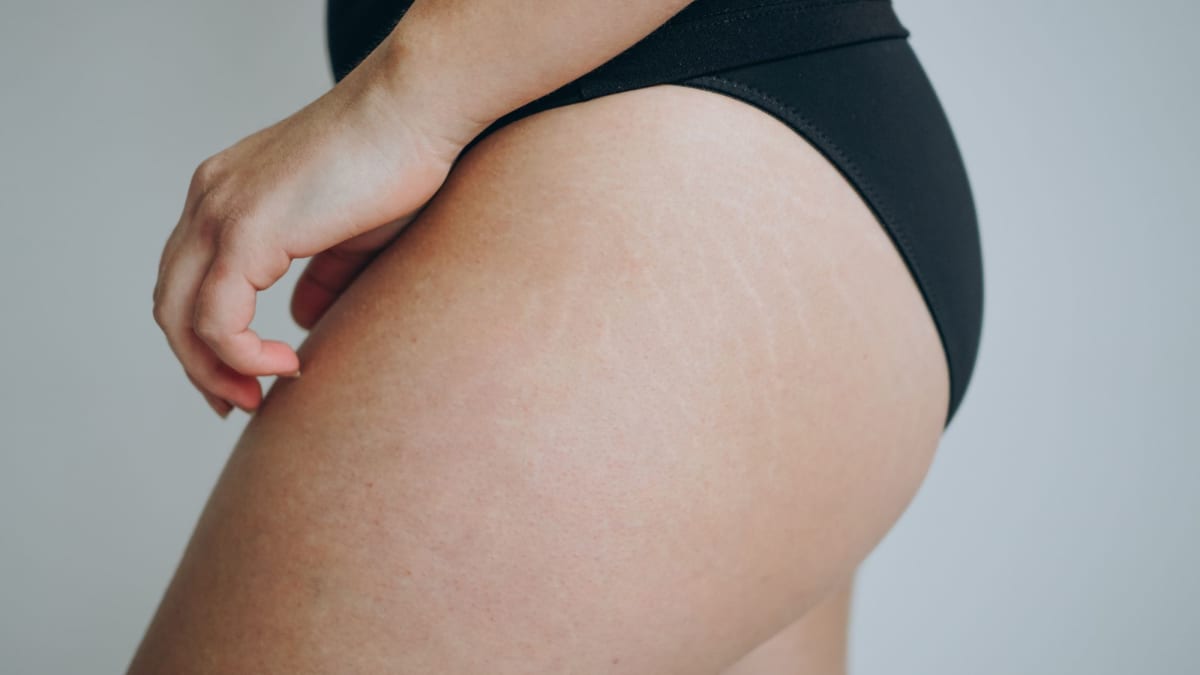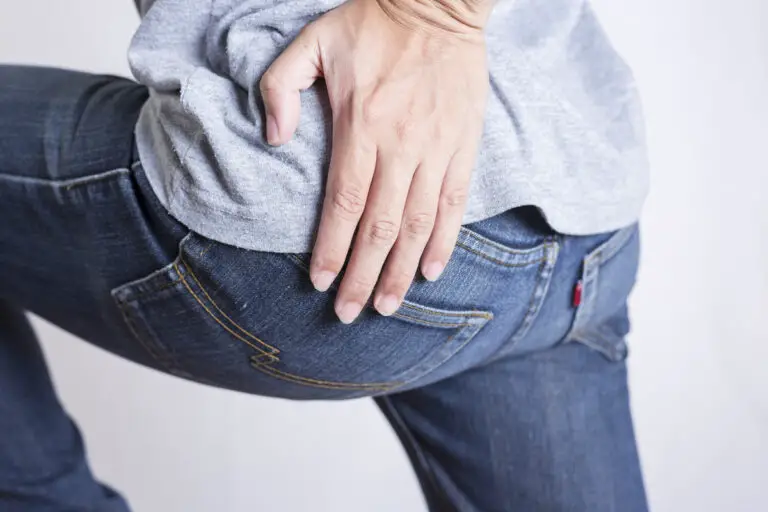KP vs Clogged Pores: Understanding the Differences for Effective Skincare
For professional beauticians, understanding the nuances of different skin conditions is crucial. Among these, Keratosis Pilaris (KP) and clogged pores are often confused due to their similar appearance. However, distinguishing between the two is essential for providing effective skincare solutions. This article delves into the key differences, symptoms, and treatments for KP and clogged pores, providing you with the knowledge to better assist your clients.

What is Keratosis Pilaris?
Keratosis Pilaris is a common skin condition characterized by rough patches and small, acne-like bumps. These bumps are often found on the arms, thighs, cheeks, and buttocks. KP is caused by a buildup of keratina protein that protects the skin from harmful substances. When keratin blocks the hair follicles, it results in the formation of these rough patches. For more detailed information on KP, refer to this Harvard Health article.
Understanding Clogged Pores
Clogged pores, on the other hand, occur when excess oil, dirt, and dead skin cells accumulate in the skins pores. This condition is primarily associated with acne and can lead to blackheads, whiteheads, and other types of blemishes. Unlike KP, clogged pores are more influenced by factors such as hygiene, diet, and hormonal changes.
Key Differences Between KP and Clogged Pores
Understanding the differences between KP and clogged pores is vital for accurate diagnosis and treatment. Here are some key distinctions:
- Cause: KP is caused by keratin buildup, while clogged pores are due to oil and debris.
- Appearance: KP appears as rough bumps, typically on the upper arms and thighs, whereas clogged pores can manifest as blackheads or whiteheads.
- Location: KP usually affects areas with hair follicles, while clogged pores can occur anywhere on the face and body.
- Texture: KP has a dry, sandpaper-like texture, whereas clogged pores feel bumpy and uneven.
Effective Treatments for KP and Clogged Pores
Addressing KP and clogged pores requires tailored treatments. Heres how you can help your clients:
Treating Keratosis Pilaris
For KP, moisturizing and exfoliating are key. Products containing lactic acid, glycolic acid, or urea can help soften and smooth the skin. Regular exfoliation with gentle scrubs can remove dead skin cells and reduce the appearance of bumps. Learn more about AmLactin for Keratosis Pilaris for an effective treatment option.
Treating Clogged Pores
To combat clogged pores, focus on cleansing and exfoliation. Use non-comedogenic products and consider chemical exfoliants like salicylic acid to penetrate and clear the pores. Regular facials and a consistent skincare routine can also help maintain clear skin. For additional insights, explore this comprehensive guide on skincare treatments.
Preventive Measures for Healthy Skin
Prevention plays a crucial role in managing both KP and clogged pores. Encourage clients to follow these tips:
- Maintain a regular skincare routine tailored to their skin type.
- Stay hydrated to keep the skin healthy and supple.
- Use sunscreen daily to protect the skin from UV damage.
- Encourage a balanced diet rich in vitamins and antioxidants.
For more on skin health, check out this seasonal skincare guide.
Conclusion
By understanding the differences between KP and clogged pores, beauticians can provide more effective treatments and advice to their clients. With the right approach, managing these conditions becomes more straightforward, leading to healthier and more radiant skin. For further reading, visit this detailed article on KP and clogged pores.

FAQs
How can I tell if I have KP or clogged pores?
KP typically presents as rough, sandpaper-like bumps on the arms and thighs, while clogged pores appear as blackheads or whiteheads, mainly on the face.
Can KP be cured?
While there is no cure for KP, it can be managed with regular moisturization and exfoliation to reduce its appearance.
Are there any dietary changes that can help with these conditions?
A balanced diet rich in vitamins and antioxidants can support skin health and potentially reduce symptoms of both KP and clogged pores.

